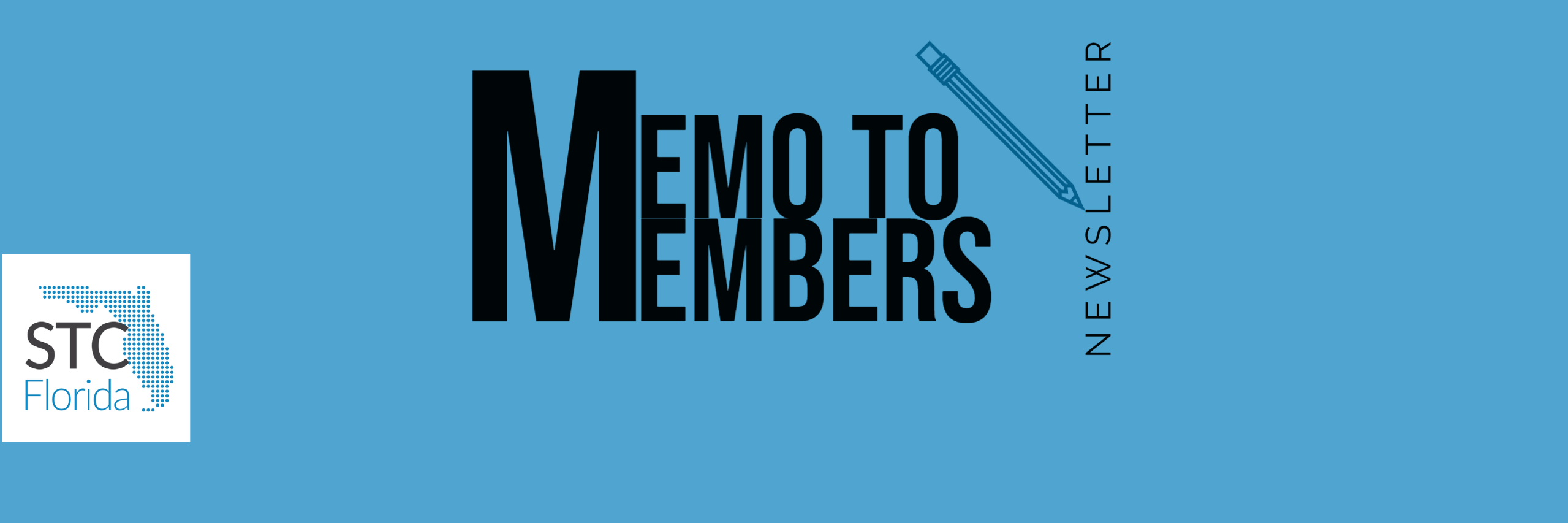Christopher Ward Provides Tutorial on Markdown
By Jyazee Daryaei
Staff Writer, STC Florida Memo to Members

Photo Credit: https://unsplash.com/photos/v89zhr0iBFY
Another deadline looms. We can’t blow it!
Who hasn’t experienced this crisis, whether in the classroom or the workplace?
A common cause of missed deadlines is a lack of communication between members of the technical documentation team and a failure to understand the roles of each team member.
In the world of technical writing and editing, there is an important relationship between editor and developer. Both thrive in their respective environments; however, when they are expected to come together, they experience the challenge of finding an appropriate collaborative tool.
Just such a tool was presented at the North Texas STC Lonestar Chapter virtual educational meeting on February 17. 2022, by Christopher Ward—the text-based editing protocol Markdown.
Developers pride themselves on their ability to navigate the complex world of computer science and its many languages. Daily, they plug in code and variables to create software and command computers at their will. For the most part, they stay within their realm of subject matter expertise and cannot afford the time or money needed to learn the inner workings of the editorial realm.
On the other hand, technical writers have a strong command of language and need a complete set of tools that allows them to manage, refine, and store content to establish the most efficient workflow.
The struggle arises as both sides battle to find a collaborative environment that is both simple enough for the developers to make use of in their workflow yet powerful enough for technical writers to create clear, accurate, user-friendly documentation.
Ward presented Markdown as an ideal “bridge tool” between the developers of the software package and the technical writers responsible for its documentation.
Unlike .txt files that open in a word processor (Microsoft Word, Word Perfect) with a mass of incomprehensible styling information that has a steep learning curve to comprehend, text-based editors are simple to read, easy to adapt to, and have vendor support available.
Markdown is a plain text formatting syntax aimed at making writing for the Internet easier for both human and machine.
Because it takes inspiration from other computer languages, although simplified, technical writers and developers will quickly pick up the basics.
Markdown offers a smooth and productive workflow where content can be shared through a platform like GitHub, with technical writers uploading and monitoring the documents they write, while the developers have access to external software like Visual Studio Code.
When both sides of the equation come to find a tool that is mutually beneficial, they then have more time and money to devote to improving quality rather than barely hitting deadlines.
Lessons for learning Markdown can be found at https://daringfireball.net/projects/markdown/.

